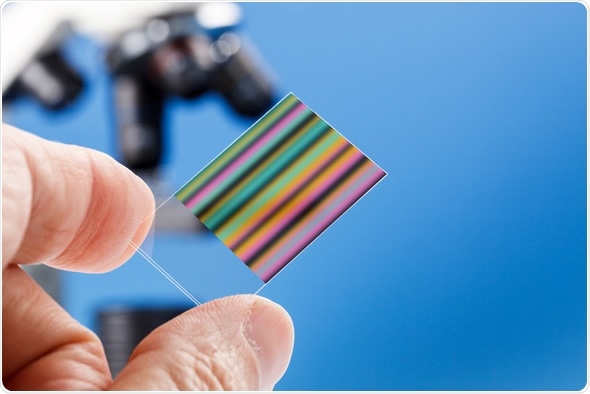Chromatography
Chromatography is derived from the Greek word "Khromatos", meaning "colour writing". It is a powerful technique used to separate the components of a mixture. The separation is achieved based on how substances distribute themselves between two phases:
- Stationary Phase – either a solid or liquid supported on a solid surface
- Mobile Phase – a fluid (liquid or gas) that moves over the stationary phase
The separation depends on each component's affinity toward the stationary and mobile phases. This is represented by the distribution coefficient (K):
\( K = \frac{\text{Concentration of component in mobile phase}}{\text{Concentration in stationary phase}} \)
- A component with a **low K value** prefers the stationary phase and moves slowly.
- A component with a **high K value** prefers the mobile phase and moves faster.
Types of Chromatography
1. Absorption Chromatography
In this method, the stationary phase is a solid. Components of the mixture are adsorbed onto the surface of the solid as the mobile phase flows over it.
2. Partition Chromatography
Here, the stationary phase is a liquid. The components are partitioned between the liquid stationary phase and the mobile phase based on their solubility.
🔗 Other Useful Links
- News By Amurchem
- Free Web Development Course
- All-in-One Exam Prep Portal
- Articles by Amurchem
- Grade 12 Section
- Grade 11 Section
- Grade 10 Section
- Grade 09 Section
- Home and Online Tuition
- Labs By Amurchem
- Science Lectures By Amurchem
© 2025 AmurChem. All rights reserved.






